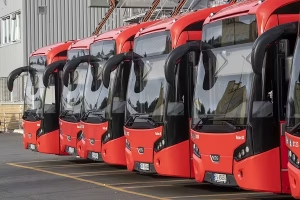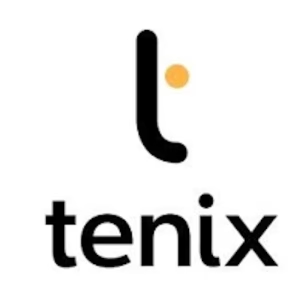Written by and credits to Hokkaido Innovation Week.
Discover how Saga-Tenix is navigating the entry into the Japanese market in a bid to make public transportation in Japan more efficient and sustainable
In an ongoing series, we’re covering the innovative companies born in or expanding to Hokkaido, Japan. If you fit that description we’d love to connect — if you don’t fit yet but would like to learn more about expanding to or starting a business in Japan, we hope this series will prove valuable.
In this spotlight, we’d like to share a Q&A with David Rooney, Sales Director at Saga Tenix. Saga-Tenix is a leader in software for public and private transport companies to help them analyze and understand how their vehicle fleets are operating.
The company’s journey began in 2000 in Iceland where a company called Saga Systems made precise location identification possible for civilian applications, a field known today as telematics. The idea was to use this technology for applications such as monitor driver behavior, but due to the financial crisis in 2001, this idea was not pursued further at the time. In 2008, “Norwegian” Saga Systems was born, and acquired the developed solutions from the original Icelandic company. Since 2012, they have been focused on public transport and developed systems to improve its efficiency and sustainability.
Currently 1 in 4 buses in Norway uses Saga-Tenix’s systems, and they have signed an agreement with a public transport company in the Netherlands. However, they don’t plan to stop there, and Japan is one of the markets that they are looking into expanding to next.
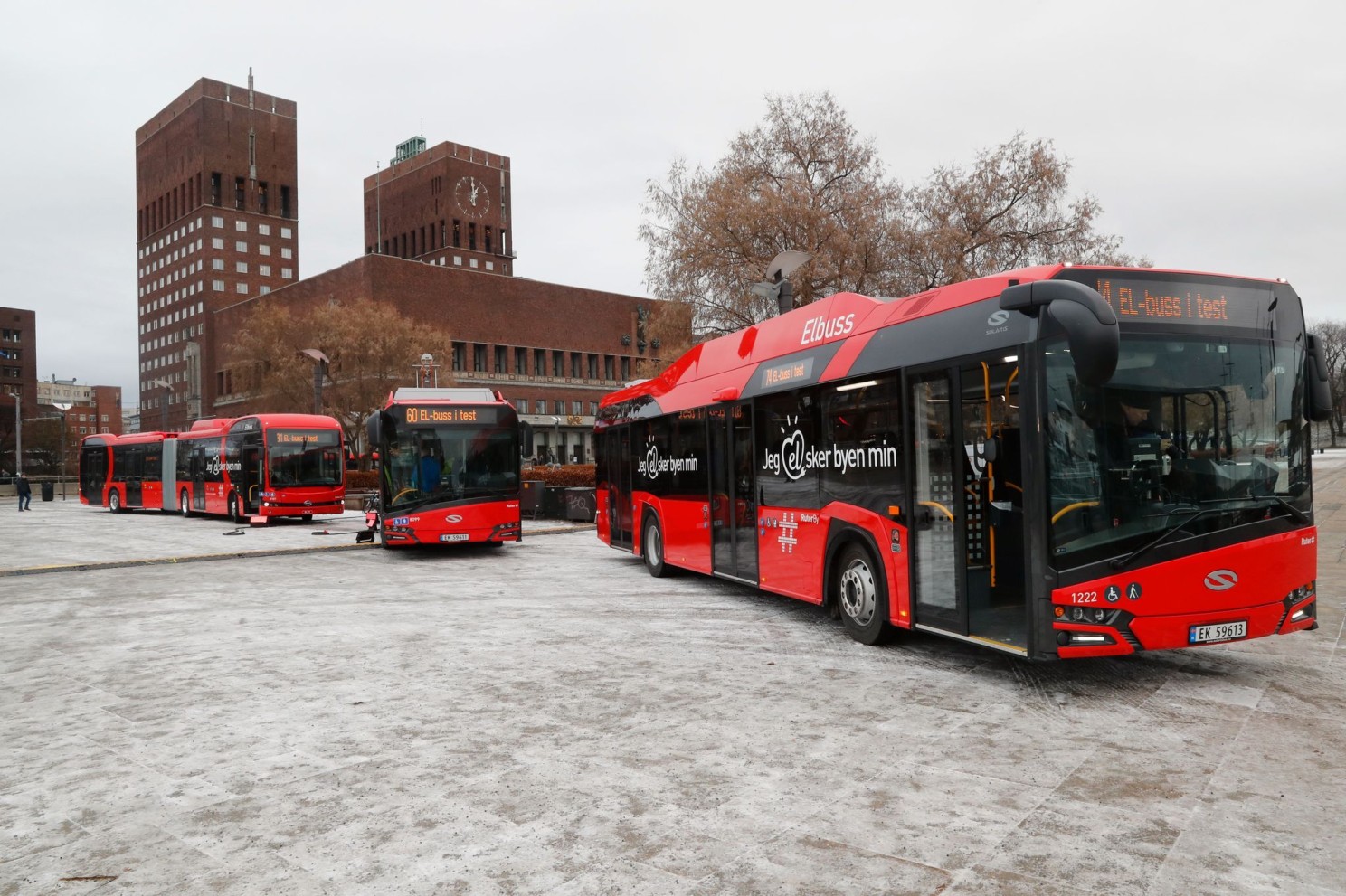
Q. What inspired your company to explore or enter the Japanese market, and why was this market appealing to you?
A. Saga-Tenix is a leading provider of software solutions designed to enhance the efficiency and sustainability of transport operations. Our products, such as Tenix Fleet, Tenix Charge, and Tenix Maintenance, offer comprehensive tools for fleet management, electric vehicle charging optimisation and maintenance planning. Our decision to explore the Japanese market was driven by several key factors:
• Advanced technological landscape — Japan is renowned for its technological innovation and early adoption of advanced solutions, particularly in the transportation sector. This environment aligns well with our cutting-edge software offerings, providing an opportunity to collaborate with forward-thinking partners and clients.
• Commitment to sustainable transportation — Japan has demonstrated a strong commitment to sustainable and efficient public transport systems. Our expertise in smart and sustainable transport solutions positions us to contribute effectively to Japan’s ongoing efforts in this area.
• Market demand for Electric Vehicle solutions — With a growing focus on electric vehicles in Japan, there is an increasing demand for sophisticated fleet management and charging systems. Our product, Tenix Charge, is designed to oversee the operation of electric fleets and chargers, making it highly relevant to the Japanese market.
• Strategic expansion opportunities — Entering the Japanese market represents a strategic move to expand our global footprint. Japan’s robust economy and emphasis on innovation make it an appealing market for our growth objectives.
Q. What is the core innovation or offering you introduced to Japan, and what unique need or opportunity does it address?
A. The core product of Saga-Tenix is Tenix Charge, an advanced charging management system for electric buses and trucks. The platform provides comprehensive oversight and control of electric vehicle charging infrastructure, regardless of vehicle or charger brand. Utilising machine learning and adhering to the Open Charge Point Protocol (OCPP), Tenix Charge optimises charging schedules based on factors such as energy prices and operational requirements. Japan has set ambitious targets for EV adoption, with challenges in developing a convenient and sustainable charging infrastructure. Tenix Charge addresses these challenges by offering:
• Schedule driven charging — Machine learning algorithms deliver optimal battery State of Charge aligned to service timetable.
• Capacity optimisation — Dynamic power management through load balancing and peak shaving.
• Automated smart charging — Optimised charging schedules to minimise cost and avoid peak load times.
• Interoperability — Brand agnostic support for 15+ bus and 30+ charger manufacturers, ensuring seamless integration across diverse systems.
• Depot overview — Real-time visibility into charger availability and usage.
• Real-time monitoring — Monitor entire fleet and infrastructure performance with ease, enabling proactive management.
• In-depth reporting — Analyse historical and real-time data to improve efficiency and performance. By introducing Tenix Charge, Saga-Tenix contributes to Japan’s EV infrastructure development, supporting the country’s goals for widespread EV adoption and the creation of a sustainable transportation ecosystem.
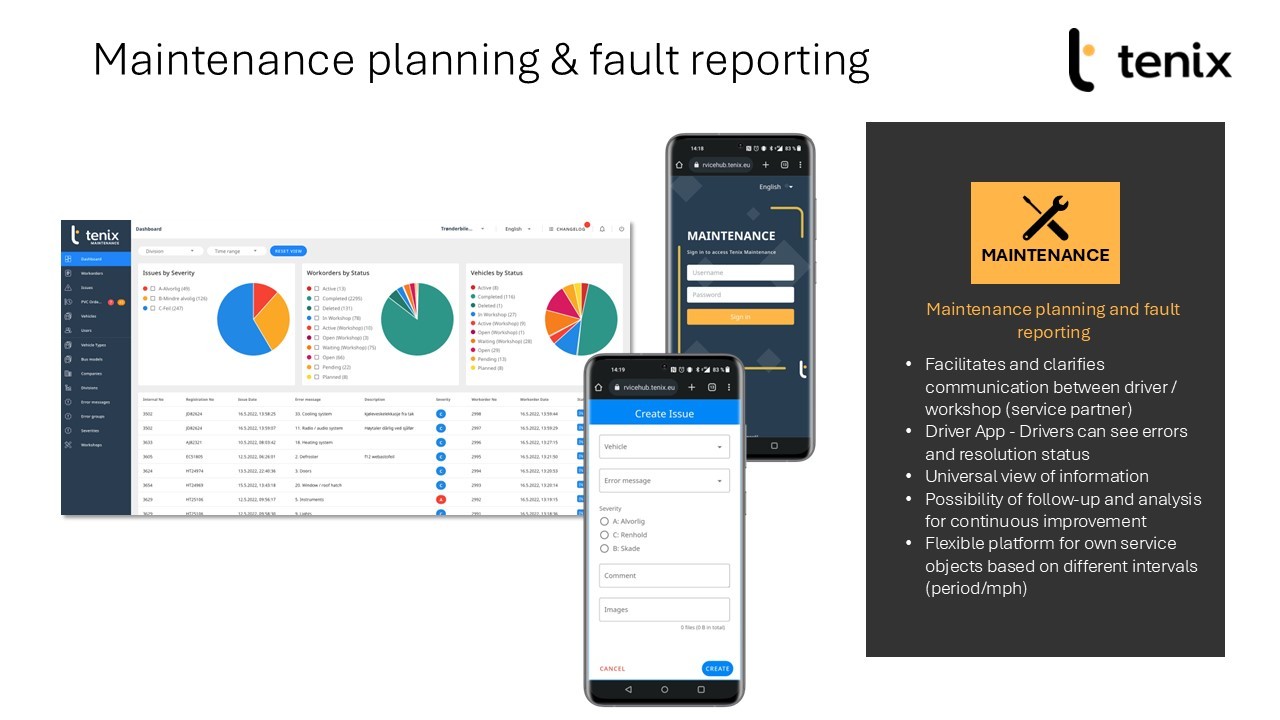
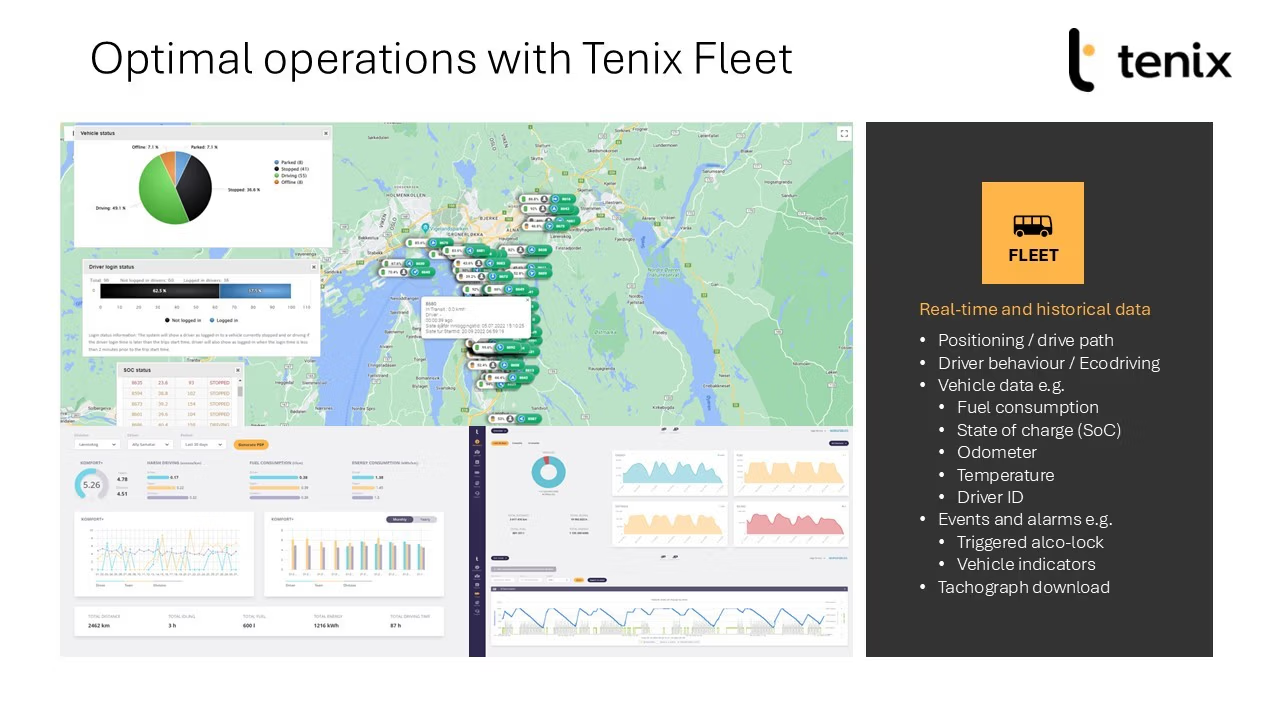
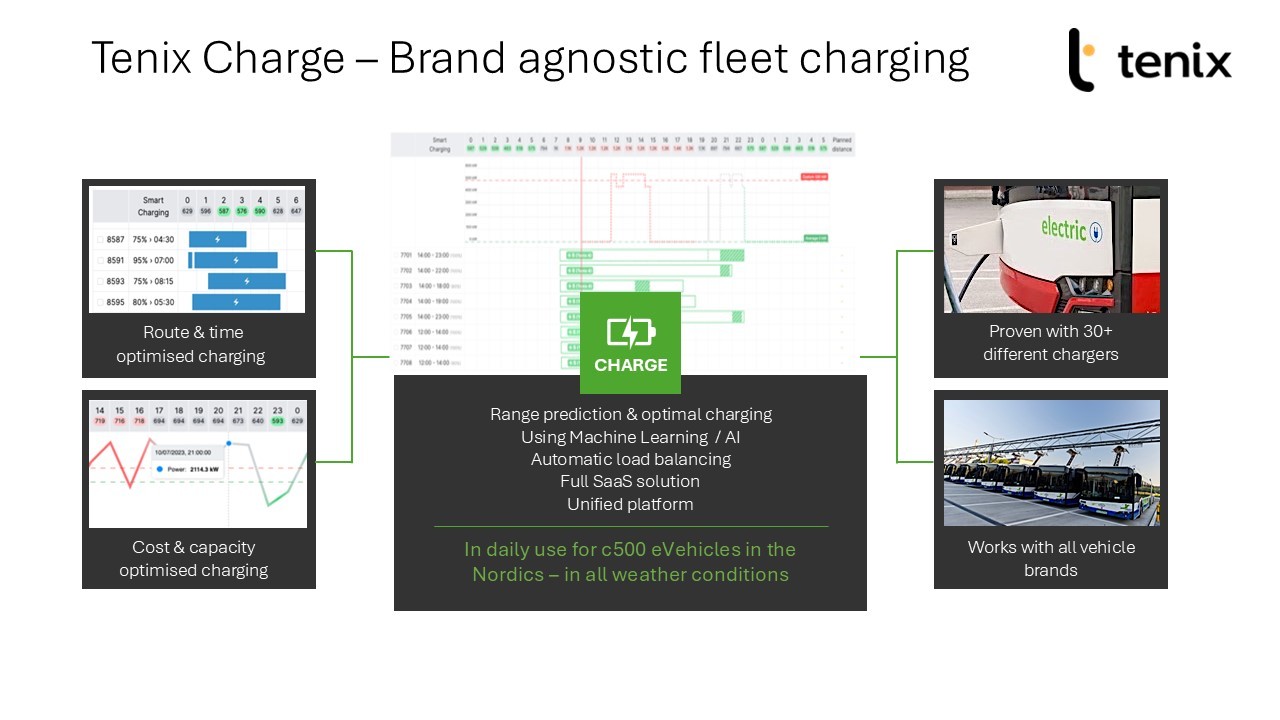
Challenges, Opportunities, and Strengths
Every region in the world offers a different business landscape, and here, David identifies specific challenges and opportunities for Saga-Tenix to enter the Japanese market, as well as strengths that they believe the Japanese market will appreciate.
Q. What initial challenges or opportunities did you identify in the Japanese market, and how did they shape your strategy?
A. Entering the Japanese market presents Saga-Tenix with both challenges and opportunities. Challenges:
• Complex regulatory environment — Japan’s regulations, particularly around technology and data management, requires us to ensure full compliance to operate effectively.
• Unique distribution channels — A deep understanding of distribution channels and strategic partnerships is required to ensure efficient delivery of our software solutions.
• Cultural and language barriers — There will be a requirement for us to adapt our communication and operational strategies to build trust with local partners and clients. Opportunities:
• Technologically advanced market — Japan’s openness to innovative solutions.
• Government support for sustainable transport — Japan’s initiatives to promote sustainable transportation creates a favourable landscape for our eco-friendly software solutions.
• High demand for quality — The Japanese market’s emphasis on high-quality products and services matches our commitment to excellence, allowing us to meet and exceed customer expectations.
We will tailor our software interfaces and support materials to the Japanese language and cultural context, ensuring relevance and usability for local users. Collaborating with local firms will enable us to navigate regulatory requirements and distribution channels more effectively. Investing in cultural competence training for our team will facilitate smoother interactions and stronger relationships with Japanese stakeholders.
Q. What feedback or response have you received from your Japanese partners or customers so far?
A. Saga-Tenix receives positive feedback from our partners and customers, highlighting several key strengths:
• Product quality and reliability — Our partners have commended the high quality and dependability of our solutions, aligning with Japan’s emphasis on superior craftsmanship and precision.
• Customer service excellence — Clients appreciate our commitment to exceptional customer service.
• Effective communication and responsiveness — Our prompt and clear communication has been valued, as customers depend on timely and accurate information.
• Cultural sensitivity and adaptation — Where we have expanded internationally (e.g. Sweden, United Kingdom) our efforts to understand and integrate into local business practices has been recognised, fostering stronger relationships and trust.

Looking to the future
Here is how Saga-Tenix sees next steps in their journey to enter the Japanese market. These include collaborations with local organizations, establishing a local presence, and customization of solutions aimed at the Japanese market.
Q. Which local organizations, individuals, or initiatives supported your entry into Japan, and what value did they provide along the way?
A. We see Saga-Tenix’s successful entry into the Japanese market being facilitated by the support of several key organisations and initiatives:
• JETRO – Japan External Trade Organization — Support with market intelligence, regulatory guidance and networking opportunities, which aid the understanding and navigating of the Japanese business environment.
• EU-Japan Centre for Industrial Cooperation — Enhances understanding of Japanese industrial practices and facilitates connections with potential local partners, aiding in market entry strategy.
• BCCJ – The British Chamber of Commerce in Japan (BCCJ) — The BCCJ provides valuable networking opportunities and insights into the Japanese market, helping overseas businesses establish connections and understand operating in Japan.
• Green finance subsidy programmes — Any initiatives that offer financial support for companies engaged in green finance, aligning with our commitment to sustainable transport solutions and facilitating our market entry
Q. What were the key milestones achieved during your market entry (e.g., partnerships, first customers, awards) and how did they contribute to your company’s growth?
A. Saga-Tenix’s entry into the any market includes several key milestones that contribute to growth:
• Establish a local office
• Secure a partnership / strategic alliance with a local business
• Investigate opportunities to collaborate with the public sector — this may typically involve securing a contract with a Local Authority e.g. provision of electric bus charging management software, contributing to sustainable transport initiatives.
• Recognition at industry / trade awards — Inclusion of our innovative solutions at industry wide events, enhancing our credibility and visibility in the market.
Q. What are the next steps for your company in Japan, and how does this fit into your broader vision?
A. Saga-Tenix’s roadmap to expanding its presence in Japan would be delivered through several strategic initiatives aligning to our broader vision of providing innovative and sustainable transport solutions globally:
• Establishing a local office -To enhance collaboration with Japanese clients and partners, we would establish a dedicated office in Sapporo and / or Tokyo. This local presence enables us to provide tailored support and foster stronger relationships within the Japanese market.
• Forming strategic partnerships — We would aim to partner with leading Japanese automotive manufacturers and technology firms to integrate our solutions into existing systems. These collaborations will facilitate the adoption of our technologies and contribute to the advancement of Japan’s transport infrastructure.
• Customising solutions for the Japanese market — Recognising the unique requirements of Japanese customers, we would adapt our products to meet local standards and preferences. This includes ensuring compliance with Japan’s regulatory environment and aligning with cultural expectations.
• Investing in research and development — We would plan to invest in R&D initiatives focused on emerging technologies. Collaborating with Japanese research institutions will allow us to innovate and develop solutions that address future transportation challenges.
• Contributing to sustainable transportation — Our goal will be to support Japan’s efforts in reducing carbon emissions by providing eco-friendly transport solutions. This aligns with our global commitment to sustainability and positions us as a key player in Japan’s green transformation.
Expanding into Japan is a strategic move that complements our mission to deliver cutting-edge, sustainable transport solutions worldwide. Japan’s emphasis on technological innovation and environmental sustainability makes it an ideal market for our offerings. By establishing a strong presence in Japan, we aim to contribute to the country’s transportation advancements and reinforce our position as a global leader in the industry. These steps reflect our dedication to growth and innovation, ensuring that we meet the evolving needs of the Japanese market while adhering to our core values and objectives.
